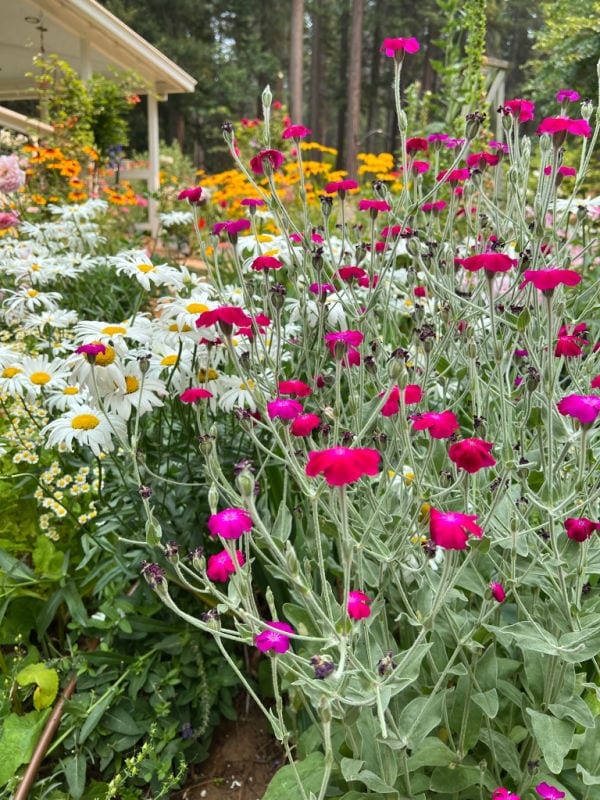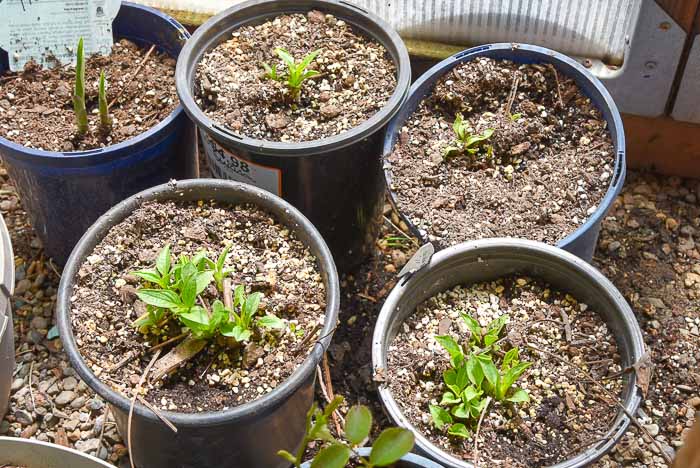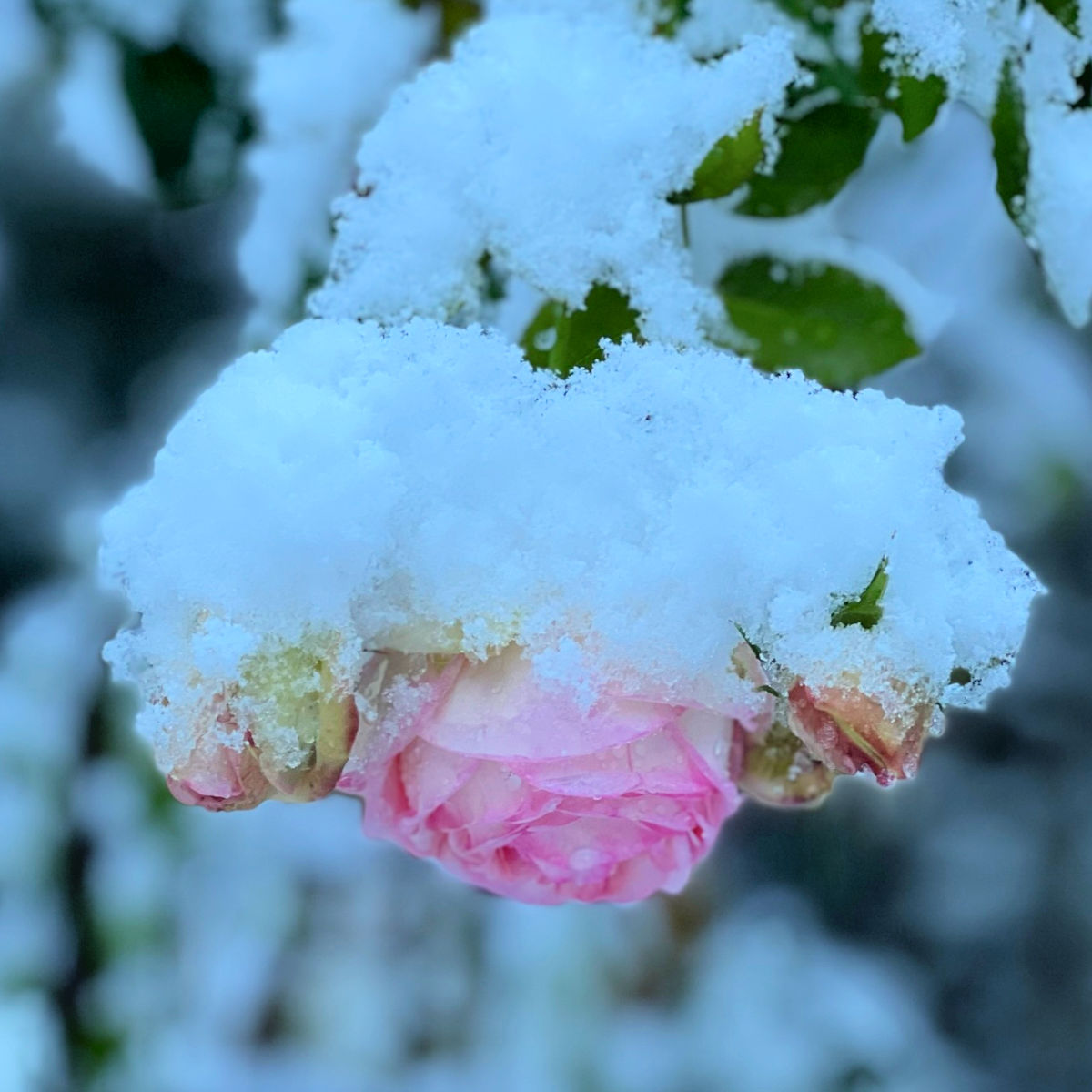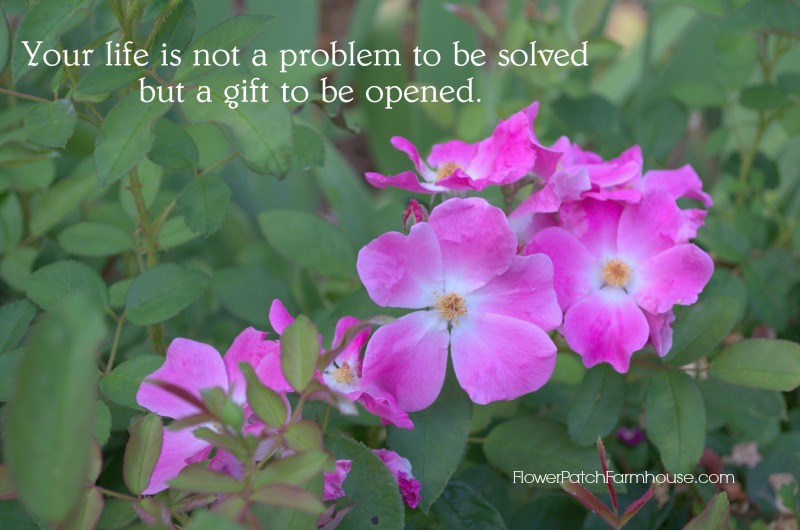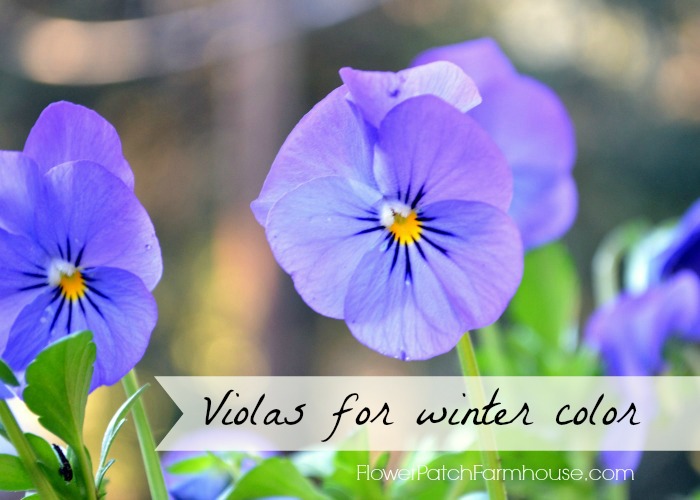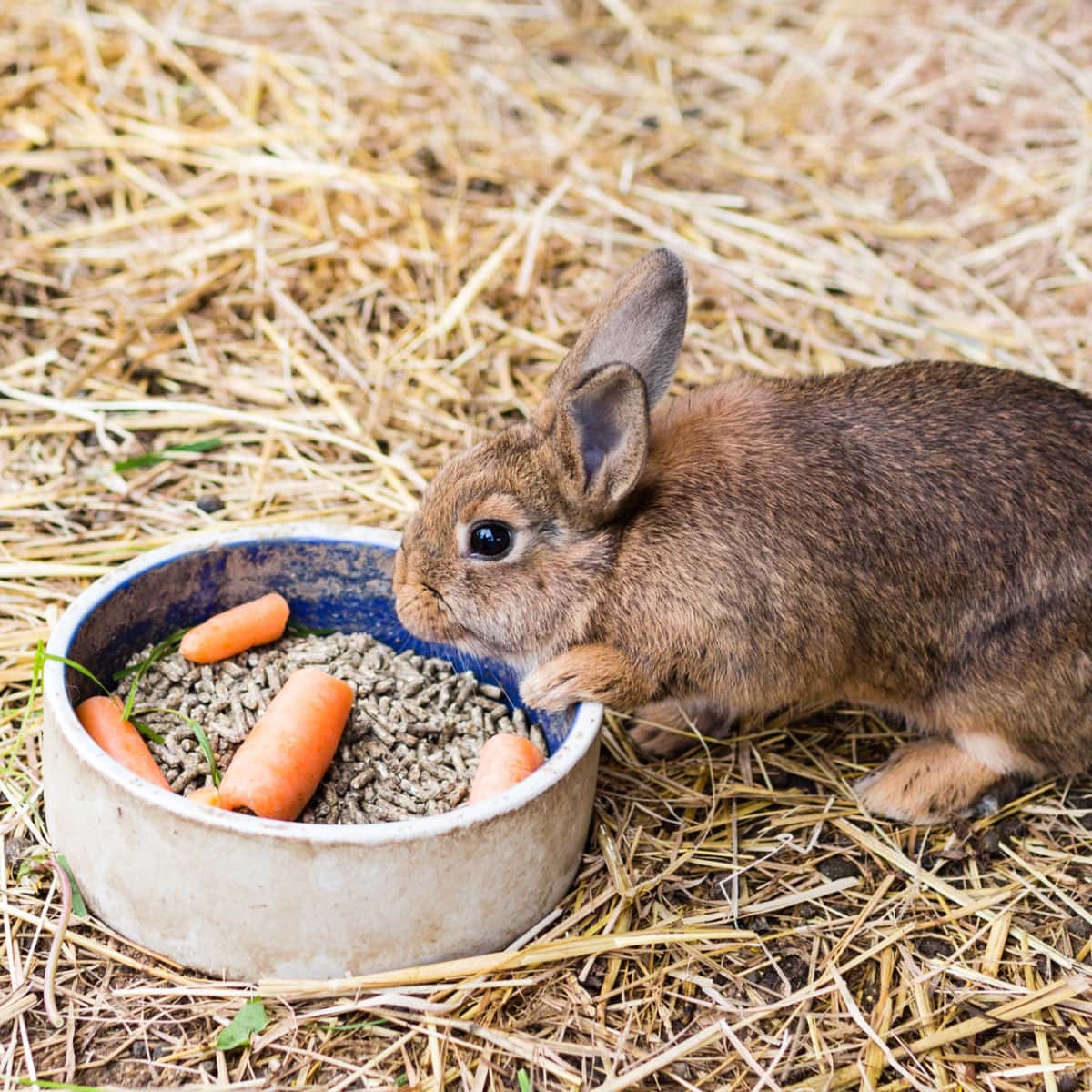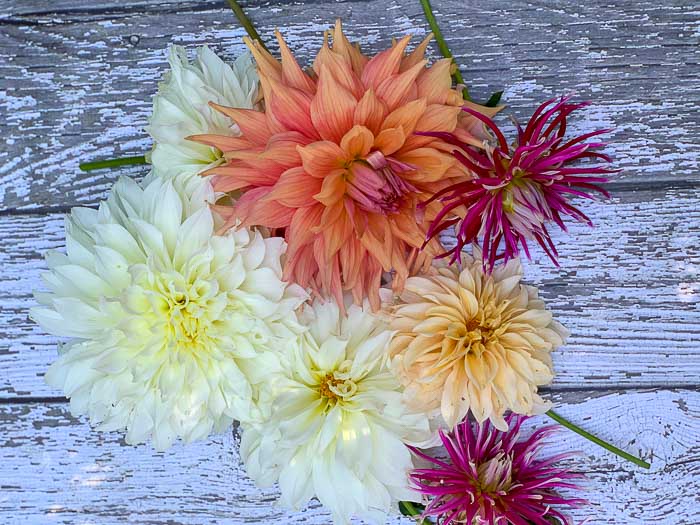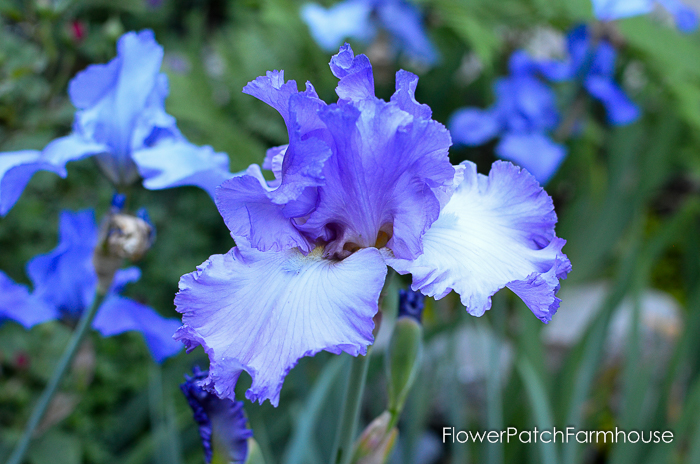Beautiful Silene Dioica: Easy Growing Guide
Silene Dioica aka Red Campion is a glorious wildflower you can add to your cottage garden for early Spring color!
Red Campion is a wonderful, pollinator-friendly wildflower that is easy to grow and brings blooming color to your garden early in the season.
Years ago a friend gave me a division of a Red Campion (also known as Catchfly), and at the time I did not know what it was called.
But, I did know it was not a Rose Campion aka Lychnis Coronaria but it resembled it. Come to find out they are in the same plant family Caryophyllaceae.
Rose Campion!
Add Some Sparkle to Your Garden with Rose Campion.
What is Silene Dioica aka Red Campion?
Red Campion, also known as Silene dioica, is a wildflower found in various regions across Europe and parts of Asia.
As stated before, it belongs to the Caryophyllaceae family and is characterized by its striking magenta or crimson-hued flowers, which attract pollinators such as butterflies and bees.
Red Campion flowers can also be pink since some have cross-pollinated with a white variety.
I have also spotted one that has variegated foliage, which I would love to find for my garden.
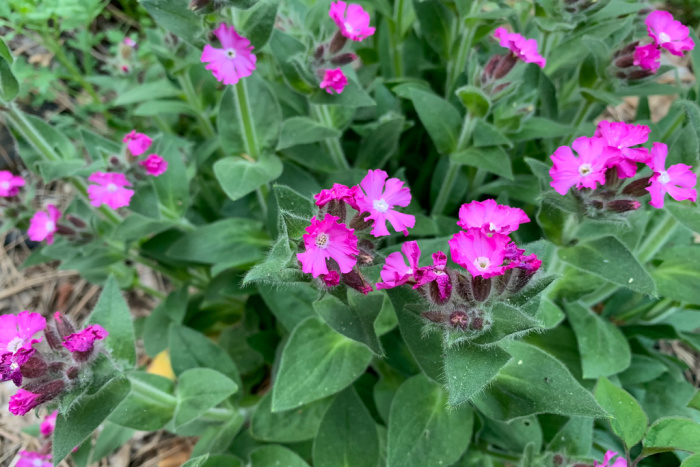
Besides Silene Dioica, this plant family includes popular garden plants like carnations, Sweet Williams, and baby’s breath.
I have seen it described as a tough, hardy, goof-proof perennial and to be honest, it has been for me.
Pretty and semi-evergreen, this low-maintenance perennial forms clumps of downy foliage and blooms on branching stems.
Characteristics
– Height: Red Campion typically grows to a height of 1 to 2 feet, making it easy to fit into your garden beds.
(though I spotted a variety at Filoli that was at least 3 feet tall)
– Blooming Season: The blooming season usually extends from late spring to early summer, filling your garden with a burst of vibrant color.
If you deadhead and prune back to the foliage then you may get some reblooming but not as thick as the Spring bloom.
– Foliage: The lance-shaped, soft leaves of Red Campion add an attractive contrast to the flower’s eye-catching blooms.
– Habit: As a perennial wildflower, Red Campion can come back year after year, rewarding you with its beauty for seasons to come.
Another plus I have noted so far in my garden is the gophers don’t bother it.
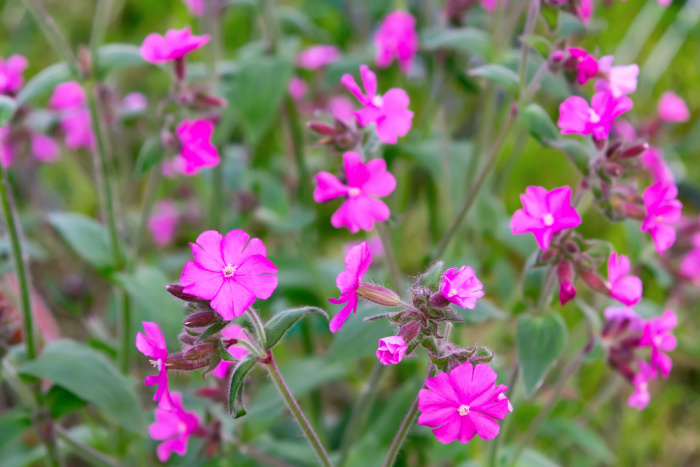
How to Grow Red Campion – Silene Dioica
Location and Soil
Silene Dioica thrives in partially shaded to full sun areas, so select a spot in your garden that receives at least 4-6 hours of sunlight daily.
The soil should be well-draining and rich in organic matter. A slightly acidic to neutral pH level (around 6.0 to 7.0) is ideal for optimal growth.
Planting
You can grow Silene Dioica from seeds or young started plants. If starting from seeds, sow them directly into the ground in spring or early autumn.
Ensure the seeds are placed about 1/4 inch deep in the soil and water gently after planting.
They supposedly set seeds easily but I have had little success in my garden of them spreading by seed.
My first plant was a small division from a friend and I have found small plants in 4 inch pots at Annies Annuals for sale as well.
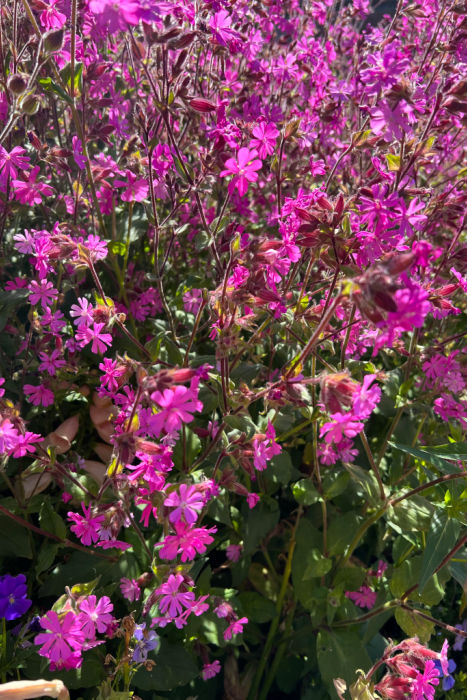
Watering
Keep the soil consistently moist during the germination period, which generally lasts 2-3 weeks.
If you are planting a small starter plant then also keep it consistently watered.
Once established, you can reduce watering frequency, as the plant is moderately drought-tolerant.
For me, it has been very drought tolerant though it blooms less when deprived drastically of water.
Maintenance
Silene Dioica is a relatively low-maintenance plant. However, regular deadheading of faded flowers will encourage new blooms and extend the flowering season.
Just realize that the subsequent blooming will be more sparse than the first bloom in Spring.
Mulching around the plant helps retain moisture and suppresses weed growth.
Propagation
You can try and start them from seed but I have been more successful with root divisions in Fall.
Propagate by Division!
Propagate plants with root Divisions, an easy way to get more of the plants you love for free. Dividing perennials is easy and makes for a healthier plant.
Pests and Diseases
Silene Dioica is generally not susceptible to severe pest infestations. And I can happily report I have had no issues with any.
However, keeping an eye out for common garden pests like aphids or snails is advisable.
Well-draining soil and proper spacing can prevent issues with root rot and fungal diseases.
So Red Campion, Silene Dioica has been a keeper in my garden. It provides early garden color when not much else is blooming and is so delightful.
Pollinators, like bees and butterflies love it. So add this beautiful wildflower to your garden space and see how captivating it can be.
Frequently Asked Questions about Silene Dioica
Many folks want to know…
Happy Gardening!
